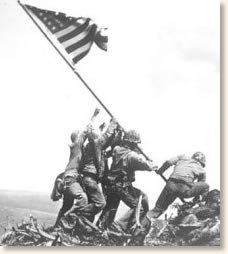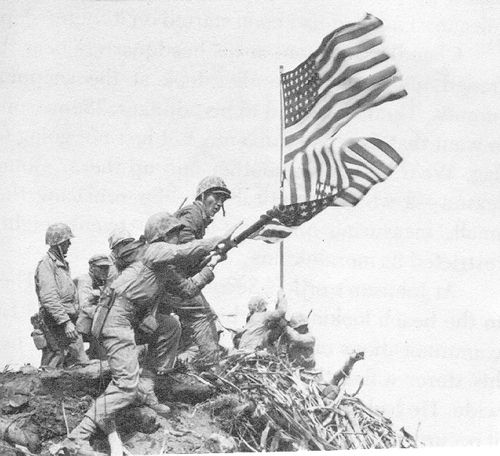Dear Mr. Surapon,
If the intent is art, do whatever you like with no limits.
If shooting journalistically, nothing but color or exposure corrections of the photos that were recorded by the sensor should even be considered.
I'd think HDR combinations of multiple exposures of identical scenes should be allowed but I expect disagreement as I'm probably wrong on this point.
Then there's weddings. In a sense, weddings are journalism, yet blemish removal is pretty much expected.
So, the shots in the article with elements manipulated violate all the rules of journalism as I imagine them, the photographers that submitted them deserved the consequences.
The posed boy with the toy gun is not journalism either, nor the added smoke, moved canon balls etc..
Then there's marketing. Posing a product to present it at its best seems ok, manipulating the product to intentionally misrepresent is lying. Is it ethical to increase a model's bust line to enhance the appearance of whatever garment or cosmetic is being advertised ethical? Dunno.
Then there is this iconic photo, one well known by most in the U.S. .........
Taken 70 years ago, it was cast into a statue, erected and dedicated at the
Marine Corps Memorial in 1954.
Controversy remains over this scene. Seems it was the second flag raised on Mt, Suribachi by U.S. Marines during the Battle of Iwo Jima.
In one sense, this photo was posed by virtue of being the second Flag raised.
But the (controversial) reason for the second Flag raising was (controversial) not for the purpose of posing.
Seems (controversial) some REMF that had not been part of the Battle, seeing the original as he came ashore, wanted the original himself.
Others that had been in battle disagreed, decided to raise a second that the REMF was welcome to.
I just came across this one in my image search, never seen it before......
So there's another question raised. Is the famous, iconic photo journalism? Should it have ever been published? Should it have become symbolic of the Marine Corps?
I sure cannot presume to have an answer.




